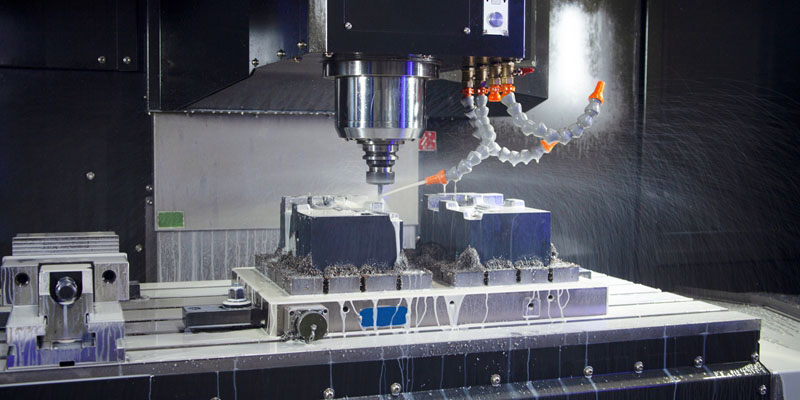In the manufacturing process of CNC machining, two commonly used methods are milling and turning, collectively referred to as machining. These two methods in CNC lathe machining are further divided into two categories known as “rough machining” and “finish machining”.
After the workpiece goes through “rough machining” in CNC machining, it is already close to the desired shape and dimensions. However, there is still sufficient metal allowance left on the machined surface for finishing, which results in a smooth surface and accurate dimensions of the workpiece.
In the CNC machining process, steel bars, forgings, castings, and similar materials often only require one round of rough machining and one round of finish machining to achieve the required shape and dimensions. Nevertheless, certain parts of mechanical components might require more than one round of rough machining at times. Some hardware parts, for instance, those with lower precision requirements or needing minimal metal removal, might only necessitate a single round of finish machining.
So, what are the specific differences between rough machining and finish machining?

Purpose of Machining:
Rough Machining:
Rough machining is the initial stage of machining aimed at efficiently removing excess material from the workpiece to gradually approach the final shape. This process emphasizes rapid material removal and is often used to reduce the workload of subsequent machining steps.
Finish Machining:
As the name suggests, finish machining is the final stage of machining. It involves removing a small amount of material to achieve the required surface quality, dimensional accuracy, and precise geometric shape according to design specifications.
Material Removal:
Rough Machining:
In rough machining, larger cutting depths and higher feed rates are used to quickly remove material. The focus is on efficient removal of a significant amount of material, which may result in higher surface roughness.
Finish Machining:
Finish machining employs smaller cutting depths and lower feed rates to achieve high-quality surface smoothness. This stage aims to eliminate tool marks or defects left from rough machining.
Surface Smoothness:
Rough Machining:
Due to rapid material removal, rough machining may lead to relatively rough surface smoothness, potentially leaving tool marks and potential burrs.
Finish Machining:
Finish machining achieves smooth surface finish, minimizing tool marks and enhancing the final product’s appearance quality.
Tool Selection:
Rough Machining:
Robust and durable tools are used for rough machining to withstand the significant forces during material removal. Tool lifespan may not be the primary consideration at this stage.
Finish Machining:
Precision tools with sharp cutting edges are employed for finish machining to ensure precise dimensions and excellent surface smoothness.
Accuracy and Tolerance:
Rough Machining:
The main focus of rough machining is rapid material removal. While dimensional accuracy is considered, achieving strict tolerances may not be the primary objective.
Finish Machining:
Finish machining is a critical step in achieving strict tolerances and accurate dimensions, adhering to design specifications.
In summary, rough machining and finish machining are critical stages in the CNC machining process. Rough machining efficiently removes excess material, while finish machining ensures precise dimensions, tolerances, and high-quality surface smoothness.
Whether it’s rough machining or finish machining, CNC machinists need to follow predetermined processes to set up the steps for both stages. They adjust the machine tools, considering factors such as the workpiece’s size and shape, material type, tool type, and the nature of the cutting required. Afterward, they fine-tune the machine to the correct speed and feed rate, and adjust the tool to achieve the required cutting depth. Combining these two techniques effectively contributes to producing high-precision components with desired characteristics.



